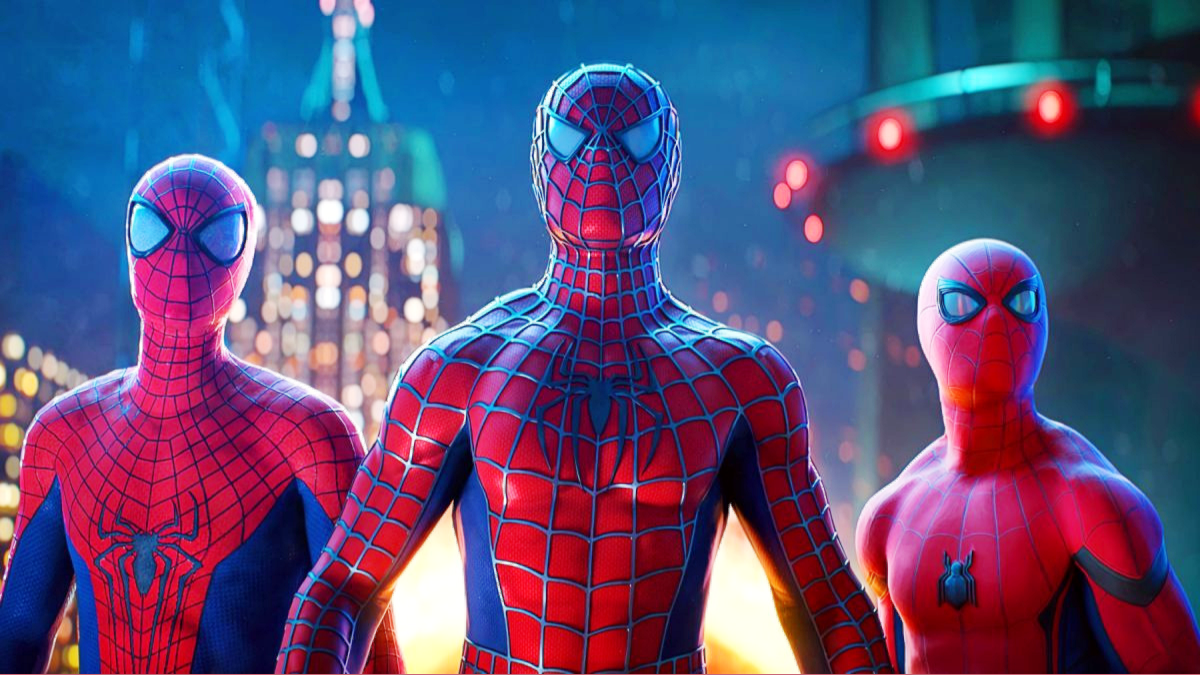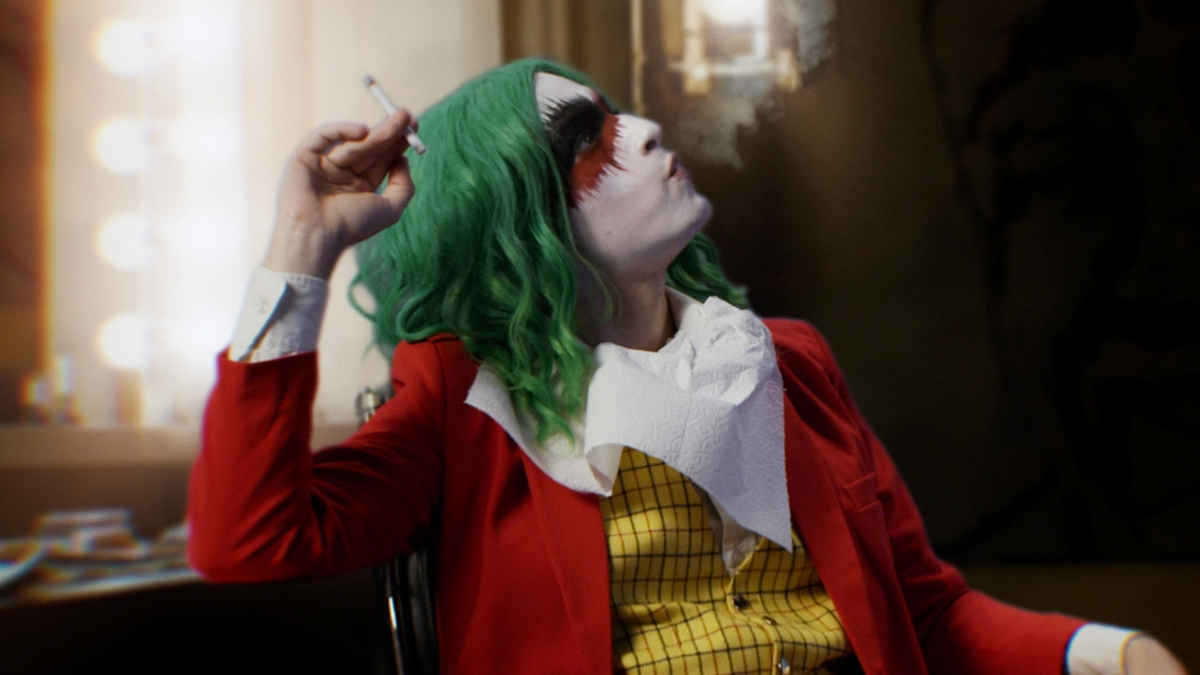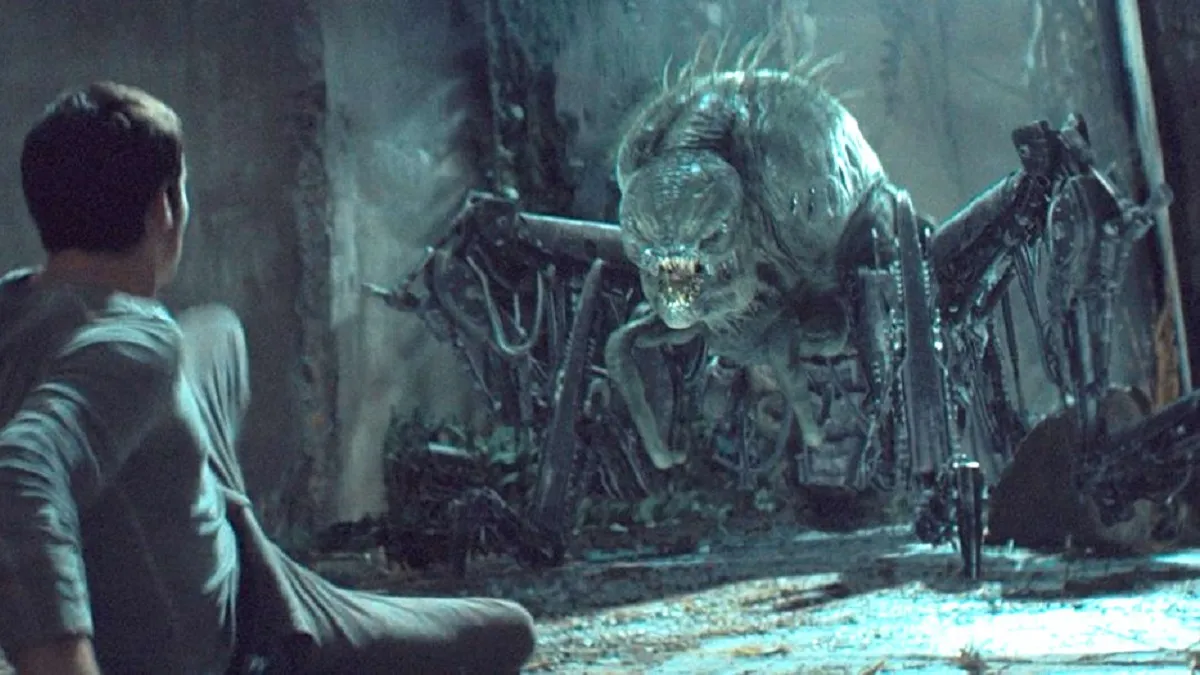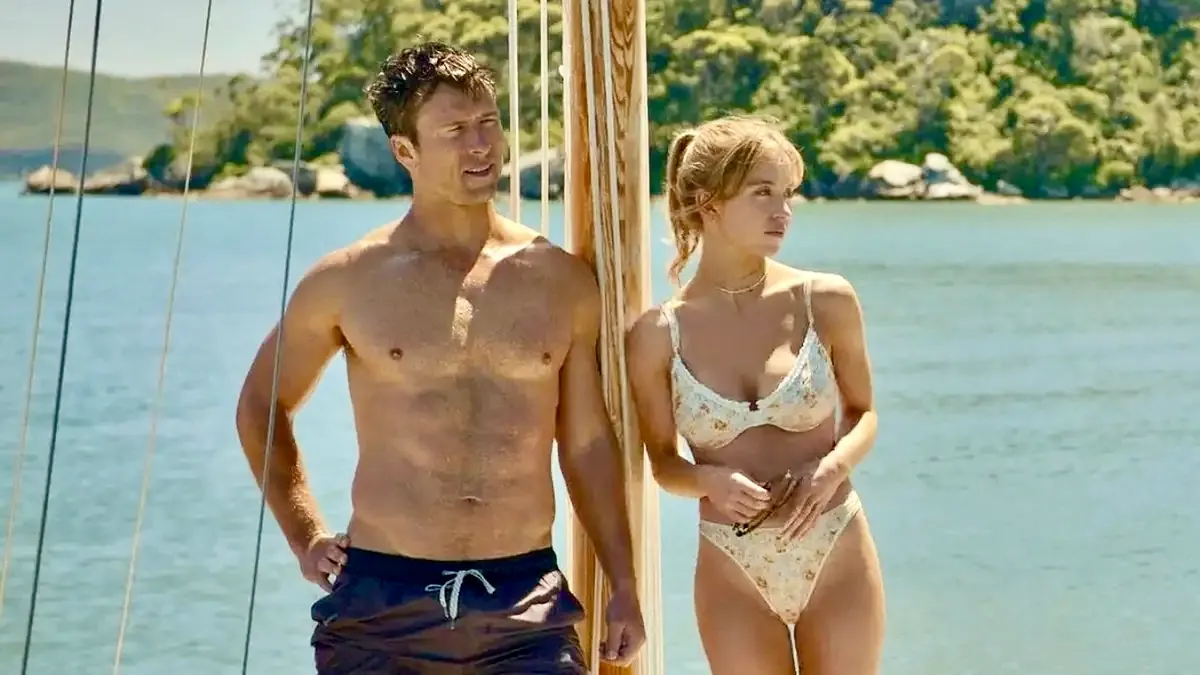
The moment of 2012’s The Avengers wasn’t so much a shot as it was the fulfillment of four years, five movies, and two billionish dollars worth of buildup. To kickoff its climactic third act, heroes from three different franchise films (and an adopted Hulk) gathered in the round, a circle pan gliding counterclockwise to capture blockbuster cinema’s newest mainstays in all 360 degrees of their glory. If this was the shot that made good on the promise of a shared Marvel cinematic universe (the MCU, as its stock exchange-ready acronym goes), then the lengthy long take that followed, in which each member of Marvel’s supergroup got their own solo, was the interest paid to viewers who had invested themselves in the ultimate comic book movie venture.
The sequel, Avengers: Age of Ultron, does both of these shots in its first two minutes. Where another follow-up to one of the highest grossing films of all time might feel comfortable resting on its gold-laced laurels, you get the distinct impression that returning writer/director Joss Whedon is out to make Age of Ultron not just the new box office record-holder for the series, but to also make the 11th film in the MCU just as revelatory and jaw-dropping as the first. That he mostly succeeds is the reason why Disney’s other storied sequel to a beloved property may end up looking like a 2015 also-ran.
With three more years and three core films to Cap (and Iron Man, and Thor, and Black Widow, and…) off, the weight of the super-franchise has never been heavier. In one of the new film’s most telling (and also surprisingly, ingeniously plot-relevant) scenes, our heroes gather around Thor’s hammer, Mjölnir, and test if any among them is able to wield the mighty weapon of Asgard. Only one who is worthy may make a tool of legend and myth seem but a toy in their hands, and it’s Whedon’s impeccable understanding of character and comedy that turn a potential act of studio obligation into a worthy culmination of Marvel’s more ambitious Phase 2.
The aforementioned scene of revelry reflects the initial lightness of tone and responsibility earned after already setting up more than a half-dozen characters across multiple franchises, and having already taken care of explaining why it is a space god, a (not-so) jolly green Jekyll and Hyde, a pair of master assassins, et al. are hanging out together. Having assembled The Avengers once before, Whedon is free to start bumping his action figures up against one another in new and interesting combinations, the result being a bigger, louder, busier movie than its predecessor, but one that’s all the more memorable for the tweaks it puts on an established playbook.
The risks – small as they might be in the grand (the only mode these movies know) scheme of things – taken with the core cast of Avengers provides an X-factor not only separating Age of Ultron from its predecessor, but also improving upon it. Robert Downey Jr. is still winning as ever playing Tony Stark, the man with the iron suit and silver tongue, and fan-favourite The Hulk still does what he does best (read: smash). But impressive, oft-rewarded effort is made to highlight the “average” folks in the squad of larger-than-life superheroes: Jeremy Renner’s Hawkeye is both a scene-stealer and a heart transplant for the film, and Scarlett Johansson’s continued excellence as the deadly but droll Black Widow makes her absent solo-film an ongoing missed opportunity for Marvel Studios.
“All this talk of what’s in it, but what’s the movie about?” you might be asking, as though the Marvel marketing machine, or patented formula hasn’t told you already. Well, just in case, know that it centers around Ultron, a rogue A.I. designed by Stark, attempting to eliminate our heroes, and maybe the rest of mankind if he’s feeling up to it. With James Spader on hand to bring an incongruous, but damned welcome degree of smarm and charm to the character, we’re threatened by a Marvel villain that’s almost half as charismatic as his adversaries, before plot requirements make the Spader-isms a flashy coat of wax on yet another cookie cutter megalomaniac.
A pair of “enhanced” power wielders at Ultron’s side, the speed demon Quicksilver (Aaron Taylor-Johnson) and mind-manipulator Scarlet Witch (Elizabeth Olsen), provide ballast to our familiar coterie of quipsters and badasses. Free of the first film’s own origin story for Earth’s Mightiest Heroes, Age of Ultron is able to construct, if not wholly explore its themes (a defining “science as savior/destroyer” debate is settled in literally blunt fashion), offering variations on uniting threads of fear, tortured pasts, and finding your place in the Marvel Universe. Never as personal as the undervalued Iron Man 3, or politically-minded as Captain America: The Winter Soldier, Age of Ultron nonetheless makes characters as characters -not just wreckers of mass, awesome destruction – the main focus.
But, in a two hour and 20 minute runtime, said characters do tally quite an expense sheet (the Earth may be under their protection, but The Avengers should not be expecting their safety deposit back). The action sequences, which span four continents, are interchangeable, in that the action itself is really just a means of facilitating little character moments amidst the usual hail of exploding lasers and crumbling buildings. That so much emphasis is put on the Avengers as a civilian defense force could be read cynically as a shot across the waterlogged bow of rival Warner Bros. Pictures, but it sets up a third act finale that’s very similar to that of The Avengers, yet is elevated above the base pleasures that the original’s spectacle had to offer.
When the action heats up, Whedon handles his plate work and coverage as well as before, every moment of awe rendered so clearly and deliberately that there’s never any doubt as to where your eye should be trained. But in dialogue scenes, there’s greater confidence in the ability of the performers (and his own writing) to carry your attention when things aren’t blowing up, the set design being more in service of the given scene, rather than keeping you constantly googly-eyed. And when it comes to telling a joke, whether through dialogue or visuals, Marvel still hasn’t found anyone better at making these films feel as light on their feet as they are monolithically constructed.
Where The Avengers was hobbled by the need to ensure every viewer was up to speed on the films that preceded it, Avengers: Age of Ultron’s concessions are squarely focused on the future. Characters receive tentative farewells subject to contract negotiations, and as is often the case, the film’s levity owes a great deal to its knowledge of its own disposability. In a moment of blatant, hilarious self-awareness, Hawkeye sums up not just the film you’re watching, but also the entire MCU as a whole. What you’re seeing is insane. That my audience broke out in wild applause at the actions of a hovering, caped, aubergine android is insane. But to expect anything less from Marvel Studios at the height of its power is to bet against the House of M. If the same result is enjoyable popcorn entertainment, and boffo box office returns, can you really blame them for doing the same thing over and over again?

















